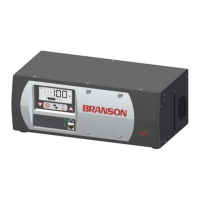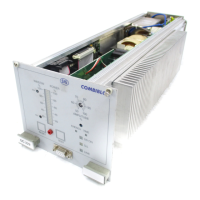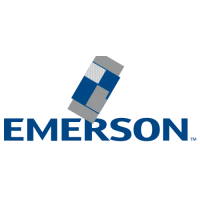Why do I get a slight electrical shock from my Branson Power Supply?
- PPamela SmithAug 16, 2025
If you're getting slight electrical shocks when touching components of the Branson Power Supply weld system, ensure the ground cable is properly connected and inspect the line cables. If the cables have failed, repair or replace them.




